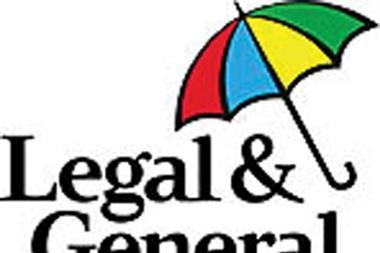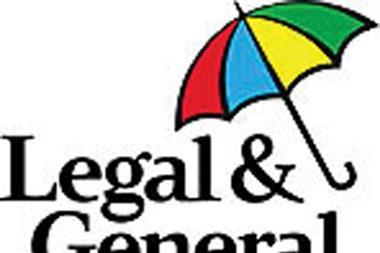Solvency II is more than a compliance exercise; it’s a chance to fine-tune business practice
Solvency II is one of the most significant regulatory changes to hit the insurance industry. As we drown in consultative documents, shuttle between daily seminars and try to plan our way through the next few years, it is tempting to approach Solvency II merely as a compliance exercise, ticking the regulatory boxes that we have to.
And yet this is to miss the whole spirit of Solvency II. Its intention is that management understands the risk profile of their firm and the main drivers of capital. They therefore can focus on utilising shareholders’ capital as effectively and efficiently as possible.
At Markel International we have found that previous regulatory initiatives acted as a catalyst to enhance our business environment and understanding of risk. We were not pleased to have to comply with Sarbanes Oxley (SOX) legislation, but it led to a greater understanding of the importance of evidencing controls to demonstrate consistent and accurate reporting. Several years on, SOX forms part of the ‘business as usual’ landscape and we appreciate the additional discipline it has brought.
Similarly, we discovered that the FSA’s ICAS regime led to a rigorous analysis of our exposures, which enhanced our understanding of the main areas of risk to our business. For example, we knew that entering into commutation arrangements with reinsurers of our legacy business reduced credit risk and balance sheet uncertainty, but ICAS helped us to articulate and quantify what we knew to be good practice.
And so we are approaching Solvency II as a chance to transform business practice. For example:
Improved measuring and reporting of risk
At Markel we use the analogy of a car: the board is the ‘driver’, making decisions about the ‘journey’ of business strategy and risk taking. The business is the ‘engine’ that carries out those decisions. We shall use the requirements of Solvency II to leverage improvements in our ‘dashboard’, giving senior management enhanced information on the impact of their risk-based decisions and the performance of the engine in carrying these out. The better the information, the better the decision.
Corporate consciousness of risk
Solvency II requires a much greater understanding and articulation of the firm’s risk profile and capital requirements. We aim to ensure that everyone at Markel knows that they are owners of operational risk and that they play a key role in its management and mitigation.
Greater alignment of capital with business goals
The ICAS regime prompted us to explore more fully areas of risk, at the 99.5% percentile for regulatory purposes. However, one of our business goals is to maintain an “A” rating, which implies a higher level of confidence than this. Under Solvency II we will look at risk and capital at varying confidence levels, including both those required by regulators and our own economic capital requirements.
We believe that Solvency II will lead to improvements in our measuring, reporting and management of risk, and a greater appreciation by all staff of our risk profile and capital requirements. IT
Hosted by comedian and actor Tom Allen, 34 Gold, 23 Silver and 22 Bronze awards were handed out across an amazing 34 categories recognising brilliance and innovation right across the breadth of UK general insurance.













































No comments yet